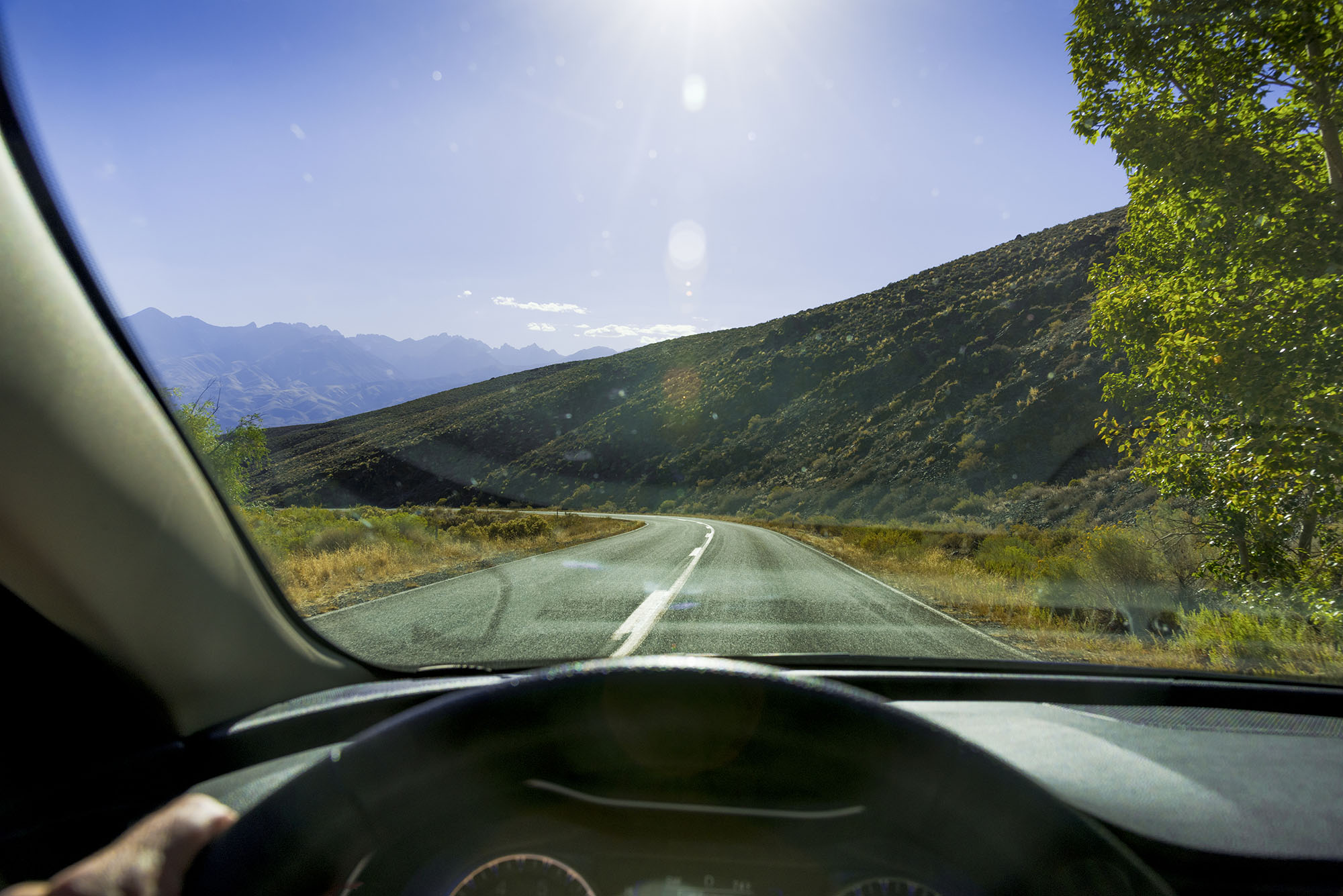What to Know About Windshield-Protection Film
Designed to guard against rock chips and cracks, the thin barrier also blocks UV rays.
 Getty Images
Getty Images
QuickTakes:
Cracks and chips in windshield glass are a common issue. One potential way to reduce the danger of such damage is to install a layer of windshield-protection film, which may help protect the glass from chips and dings in addition to providing increased UV protection.
Polymer Film Is Customized to Window Size
Similar to ceramic coatings or paint-protection film for your vehicle's body panels, windshield film is designed to provide an extra layer between your vehicle and the elements — not to mention road hazards.
Brands such as 3M and ExoShield manufacture almost entirely translucent, multilayer polymer film that is applied to clean glass. Some film kits are customized to windshield sizes on specific types of vehicles.
Windshield Film Offers UV Protection and Additional Glass Reinforcement
Glass-protection film is often marketed as an additional barrier to the potential damage from hail; road debris such as gravel, rocks, and traction sand; and the abrasions caused by wiper blades. Some film brands also say that protection film can serve as a safety measure in retaining the integrity of glass if it's hit by a larger object or in a serious collision, though laminated auto glass already offers this functionality.
Glass protection film can reduce glare and provide an extra level of UV protection on top of the built-in UV-blocking power of factory-installed glass. It can also help cut the temperature of your vehicle, especially when you're parked in the sun on a hot day. Just be aware that the use of tinted window film is restricted in some jurisdictions.
Installing Windshield Protection Film Takes Patience
While it's sometimes applied by new-car dealers as an addendum to boost a vehicle's price, glass-protection film can be installed as a do-it-yourself project. It can be a tricky job, though, so a professional installation may avoid headaches.
Before anything is applied to it, the existing windshield ought to be as clean as possible. The dry film should be trial fitted to the windshield to make sure it matches the window's size and shape. The film's outer liner is then removed, and the film and windshield are sprayed with a solution of water and detergent. The film's adhesive layer is then exposed, and the liner is guided into position by hand, then tacked in place using a squeegee to squeeze out any remaining water or air bubbles. Excess film can be trimmed. The film is then cured in the sunlight.
Film manufacturers generally suggest you subsequently avoid using high-pressure washes on film-covered auto glass, and switch to ammonia-free window cleaners to avoid damaging the film.
Protection Film Has a Relatively Short Life
Once installed, windshield protection film can last up to three years, depending on use and sun exposure. Some professionally installed windshield protection film is guaranteed with a five-year warranty.
Kits for do-it-yourself jobs on vehicles such as Ford Broncos start around $180, while professional installations can be anywhere from $100 to more than $800, depending on the vehicle.



